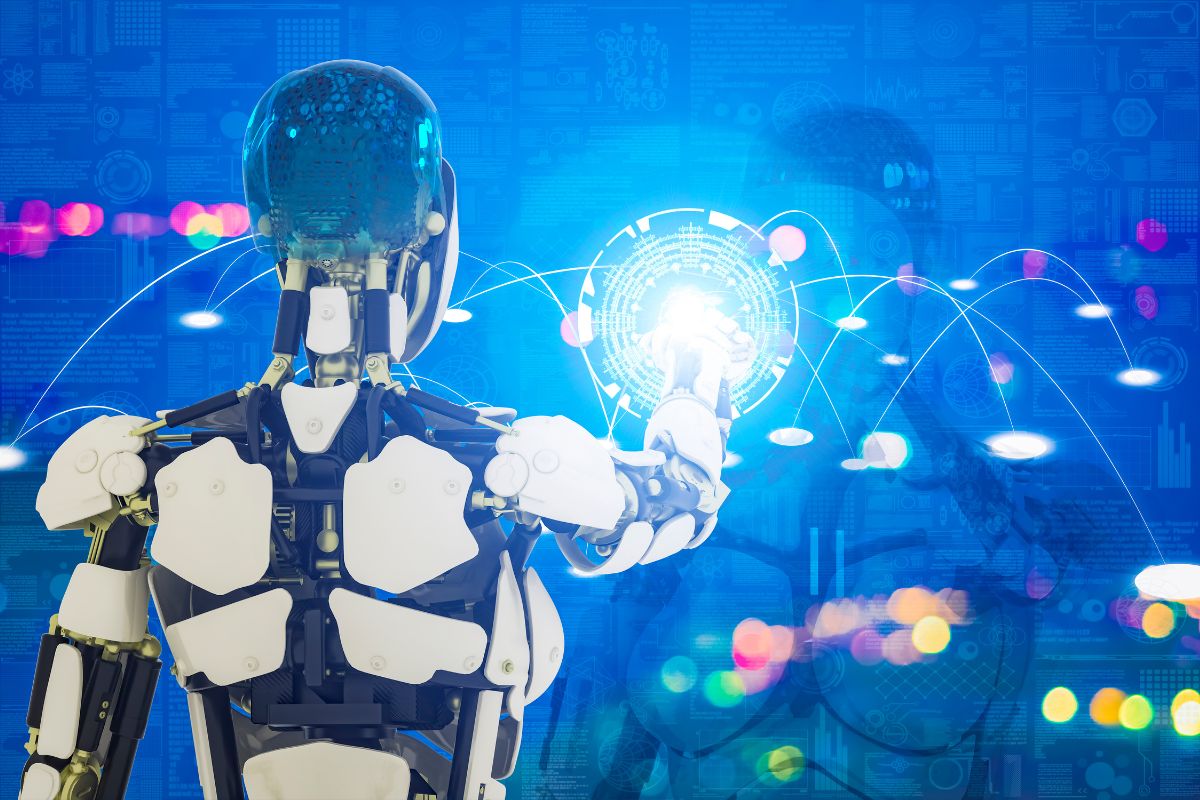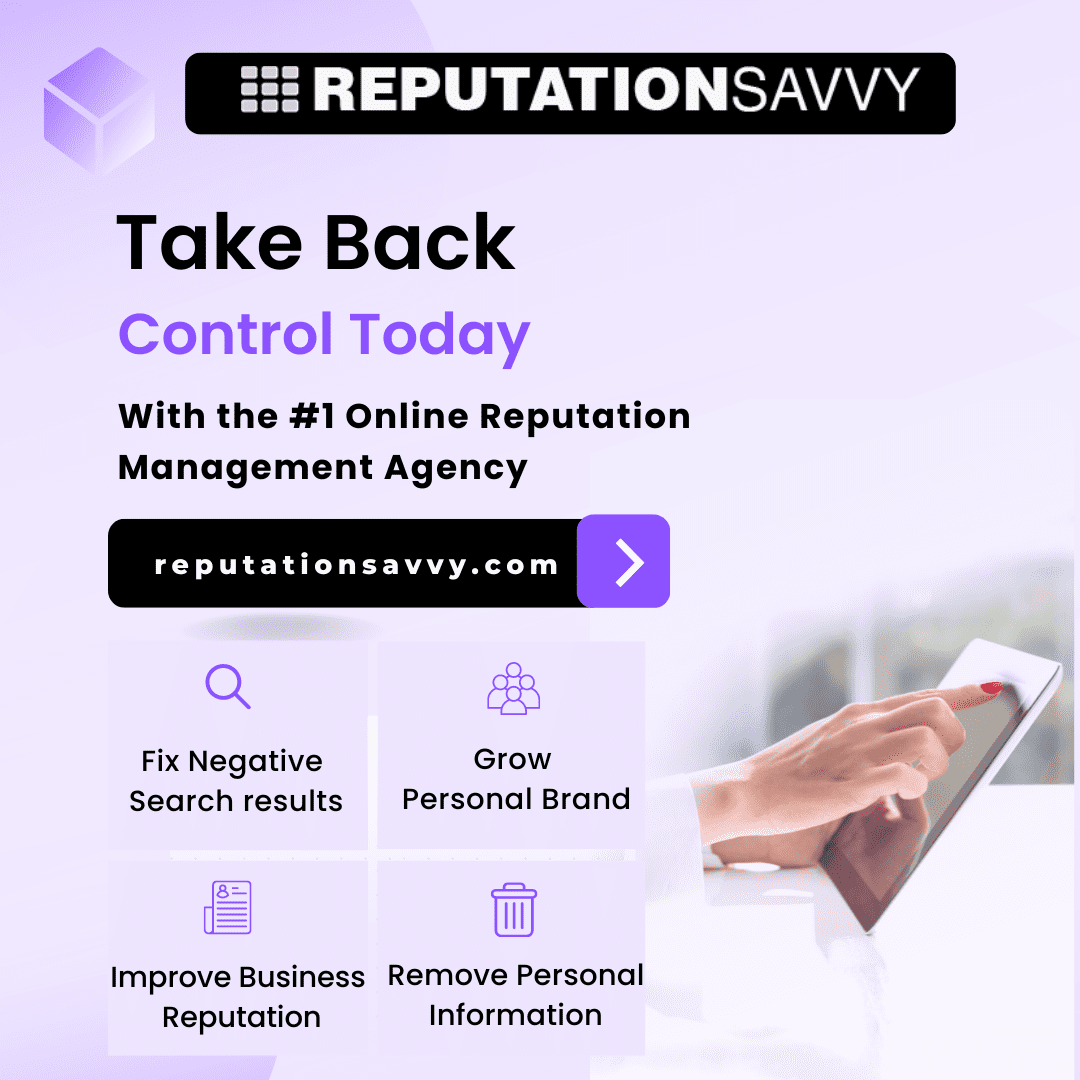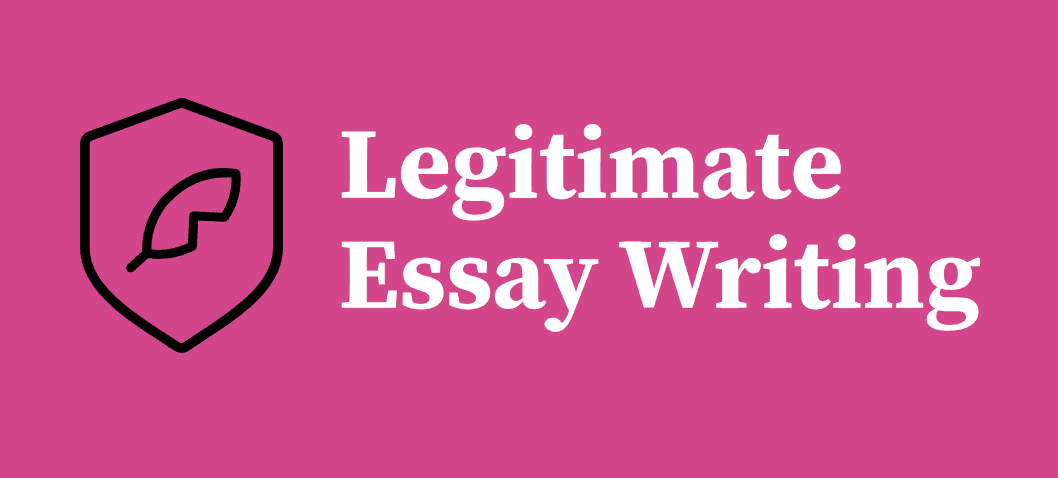Artificial Intelligence is changing our world in many ways. It is improving business tasks and altering healthcare, making a deep effect everywhere. Like all influential tech, there is good potential, challenges to face, and precautions to consider. This article investigates those areas fully, providing a complete, easy-to-understand coverage of AI.
AI Prospects
Better Workflow and Output
AI boosts work speed and output. It takes over repeated tasks, so people can take on more challenging, inventive roles. In factories, robots driven by AI can work non-stop, producing more. They can put together items, pack things, and perform detailed checks for quality. In offices, AI can organize meetings, sort out emails, and put data in place. This means office workers can focus on more important work. Automation lessens human mistakes and improves the quality of work.
Transport Changes
AI-powered automated vehicles are set to enhance road safety by diminishing human mistakes, often a primary source of mishaps. AI can boost effective movement in cities, minimizing traffic jams and ensuring quicker commutes. In the shipping industry, AI can upgrade delivery truck routes, making goods transportation quicker and more streamlined. Additionally, public services can harness AI to forecast and control commuter volume, ensuring uninterrupted and efficient operations.
Smarter Choices
AI tools can examine loads of data quickly and without mistake. This ability aids companies in making stronger decisions. Take finance as a case, AI can spot false transactions by studying habits and oddities instantly, saving big bucks from being lost. In the field of health, AI can contribute to doctors by giving pointers from patient histories, this helps in diagnosing illnesses and advising remedies. AI programs can predict patient results, propose customized care plans, and even pinpoint possible medication repercussions, leading to enhanced care and results for patients.
Healthcare Growth
AI is changing healthcare for the better. It makes figuring out diagnoses, medical treatments, and looking after patients more effective. Tools powered by AI can look at medical images with precision. They can find diseases like cancer early on, that is when treatments often work best. Apps driven by AI can keep an eye on patients’ health all the time. They quickly flag up any likely health problems to doctors and patients. Also, AI helps in finding new medicines. It can guess how different compounds will affect humans. This makes the task of creating new drugs faster.
Individualized Encounters
AI has the power to shape experiences fitting to each individual’s liking. Take Netflix for example, it uses AI to suggest movies and shows that align with what viewers have watched before. This ramps up their happiness and gets them to watch more. Online shopping sites also use AI. They leverage it to recommend items shoppers might want to buy next, improving their shopping journey and increasing purchases. And this AI-guided customization does not stop there, It is being used in education too. AI can shape study plans to fit each student’s learning style, making their learning more focused and time-efficient.
Challenges with AI Integration
Protecting Personal Info
For AI to work well, it needs lots of data, which brings up issues with keeping personal information safe. Misuse of personal details is a real concern if not guarded correctly. Making sure AI use follows privacy laws and treats data correctly is difficult. Companies must use strong data safety methods, such as scrambling data and coding, to protect important details. Furthermore, rules like the General Data Protection Regulation (GDPR) in Europe help keep people’s privacy safe, but following these rules can be tricky and expensive.
AI and Job Shifting
AI has a two-fold impact on jobs. It opens up new work areas, while also making some others obsolete, notably those with repetitive duties. Industries like manufacturing, customer services, and travel could see their jobs threatened by automation. Thus, it is crucial to retrain and enhance worker skills for different roles. A united effort by government bodies, schools, and companies is required to train workers, prepare them for a changing job landscape, and ensure they are versatile and competitive.
AI Set Up is Pricey
Setting up AI can cost a lot. This might be hard for small and mid-sized businesses to afford. Plus, keeping and updating the system adds to the expense, making it a big financial decision. To help with this, companies can look into AI as a Service (AIaaS) from cloud providers. This option is scalable and saves money. Governments and industry groups can help too. They sometimes offer grants or financial aid to help these businesses adopt AI.
Equal Treatment and Fair Play
AI tools might copy biases seeded in the data they learn from. This could cause unequal results, like unfairness in job selection or one-sided judgement in legal matters. Solving these biases demands thoughtful creation and regular observation of AI tools. Scientists and creators must use varied and typical data sets to teach AI modes. Approaches like finding and reducing bias, along with openness in AI choices, are vital to shaping impartial and balanced AI systems.
Confines of Tech
While AI is powerful, it isn’t perfect. There are times when AI errors, or fails to grasp the specifics or fine points. Making sure AI systems are tough, trustworthy, and skilled at dealing with a variety of situations is still hard. More study and growth are necessary to make AI methods better and to work well in different situations. Plus, teamwork between AI scholars and specialists in different fields can make AI solutions that understand their contexts better.
AI and Its Precautions
Ethical Quandaries
AI usage creates some moral problems. Like, using AI for monitoring can result in private data getting mishandled and exploited by oppressive governments. Building self-governing weapons can jeopardize worldwide peace. It is vital to create moral codes and rules to use AI sensibly. Firms should put ethics first when making AI, so the systems are tailored and launched in ways that honour human rights and foster common welfare. Unity across nations will help craft worldwide norms to stop the wrong use of AI tech.
The Human Touch in a Digital World
The efficiency of AI-driven tools like chatbots can be a boon for customer service. However, we might risk some warmth and understanding that comes from human contact. Some services, like healthcare or counselling, truly need the human element. It is essential for businesses to strike the right balance between automation and humane aspects to keep up service quality. To enhance the customer’s journey and not bring it down, they could blend AI and human support. This can be done by giving customers the choice to talk to real people when necessary.
Unforeseen Outcomes
At times, AI systems can act unpredictably, causing unforeseen outcomes. Consider an AI algorithm set up to raise profits. If not aptly supervised, it might choose morally questionable methods. Regular check-ups and endless monitoring are crucial in reducing such hazards. Organizations ought to keep an active role in seeking out and responding to likely unintended outcomes. This includes creating future scenarios, pushing limit tests, and setting up options for human involvement in AI choices.
Technology Ties
As we use AI more and more, we might rely too much on tech. This could cut back on our human skills and talents in key areas. Take this, for example: if we use AI a bunch to make decisions, we might forget how to think and take decisions on our own. It’s key to keep a balance so that AI boosts our human skills instead of taking over completely. Schools and training should stress critical thinking and solving problems so people can use AI well and still get to decide things.
Dangers of Cyber Attacks
AI tools can become victims of online threats. Cybercriminals may find weak spots in AI tools to change data or direct AI-powered devices. Keeping AI tools safe is critical to stop harmful actions and defend users. Businesses need to put strong safety steps in place, like frequent security checks, warning signal systems, and safe programming methods. Also, continuous study on special AI safety issues can aid in creating new ways to shield AI tools from rising risks.
Conclusion
AI brings great promise. It can boost work rates and output. It can change healthcare and transport. Yet, using AI is not simple. Big challenges exist. These include concerns with keeping data private, unfairness, changing job markets, tech hitches, and steep costs. Additionally, watch out for issues of ethics, relying too much on tech, missing human touch, security threats, and unexpected problems.
For us to gain from AI and reduce its threats, we need a fair strategy. It is about setting strong safety measures for data and privacy, tackling unevenness, helping workers via programs to learn new skills, and creating moral rules. Doing this lets us turn AI into a helpful tool for good transformations, benefiting everybody.











